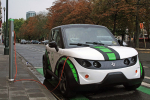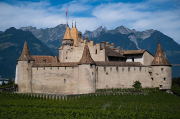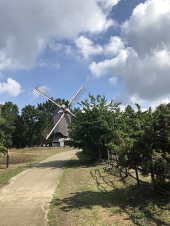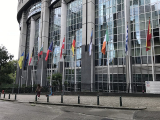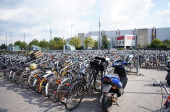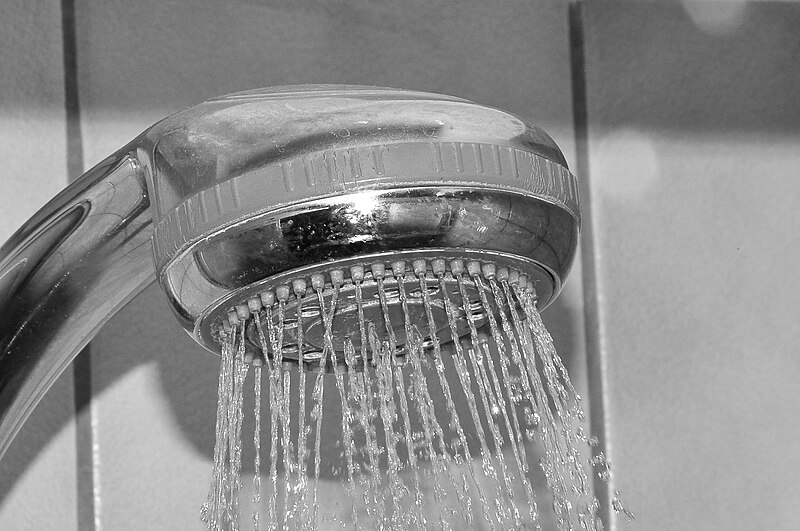
Ghent is working on a map for homeless people that shows where they can access drinking water and showers. Currently, there are already about ten locations in the city where free showers
are available under certain conditions. "We want to expand the offering and make it more widely known," the city said.
In Ghent, an estimated 1,900 homeless people, including 400 children, reside. The city considers it important to provide a basic level of hygiene for them, especially during periods of extreme heat. Currently, there are already about ten places where they can go for a shower, according to information obtained by city council member Anita De Winter (Groen) from Rudy Coddens (Vooruit). Ghent is collaborating with various organizations for this purpose.
"There are different places where homeless people can shower for free. People staying in the night shelter of CAW can go there. Additionally, there are showers in the drop-in center at Oude Houtlei, the meeting house Villa Voortman, the Caermersklooster, and with drug prevention workers. In De Fontein in the Bloemekenswijk, homeless people can also wash their clothes," Coddens said.
Even within the city's own services, there are free shower facilities. Those who want to use them must have a certificate from a social worker. This can be obtained at the Blaarmeersen and local service centers. Sometimes, neighborhood health centers also offer showers under the same conditions. In the Van Eyck swimming pool, there are baths and showers, but users have to pay.
Map and Heat Patrols The city will map out the shower locations to make it easy for aid workers and those in need of free showers to find them. "We are also considering expanding the offering," Coddens said. "We will engage in discussions with the target group." The map will also include other important information. "For example, where people can easily access drinking water."
Meanwhile, Ghent is deploying heat patrols again. These are teams of street workers who go out during the day and night to engage with vulnerable individuals. They point out shaded areas in the city, distribute drinking water and sunscreen. Photo by Nicole-Koehler, Wikimedia commons.









